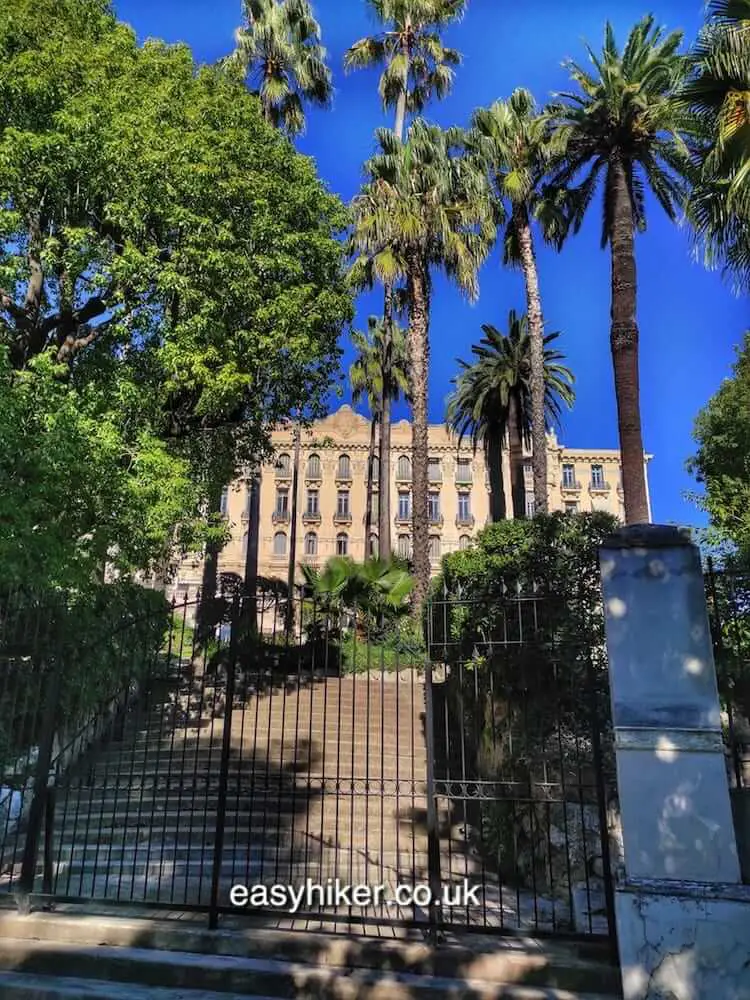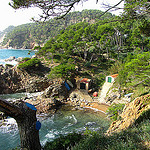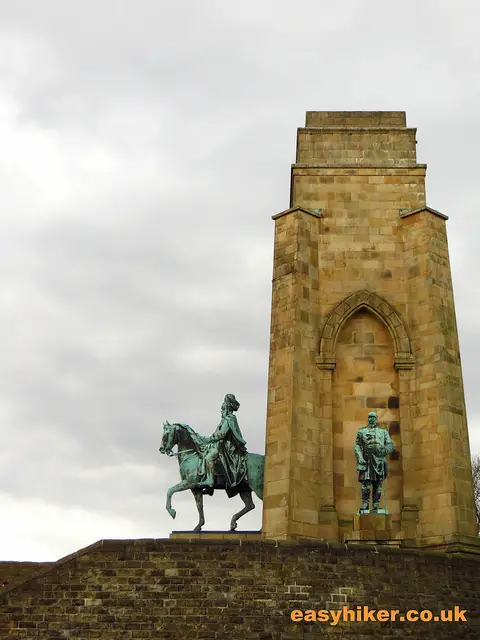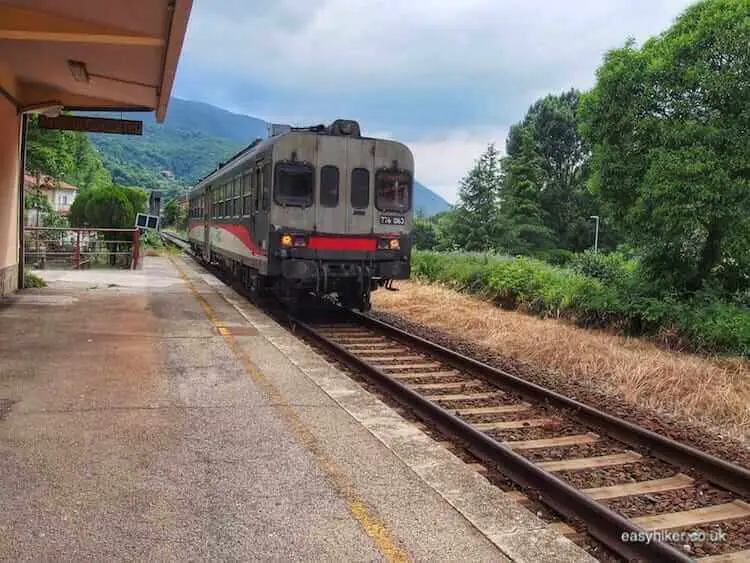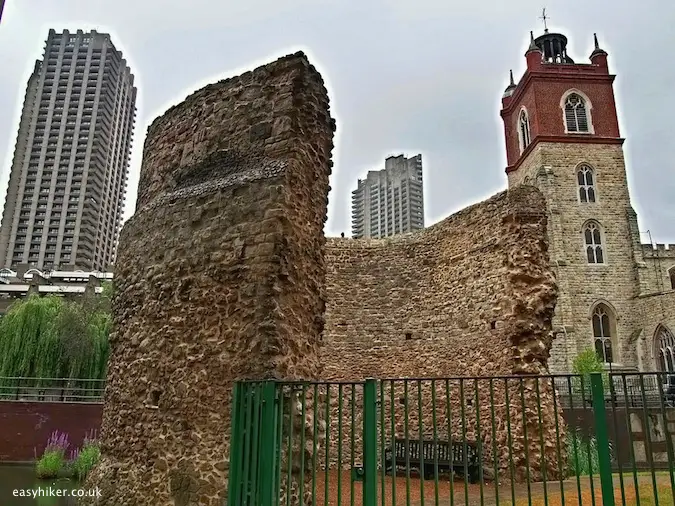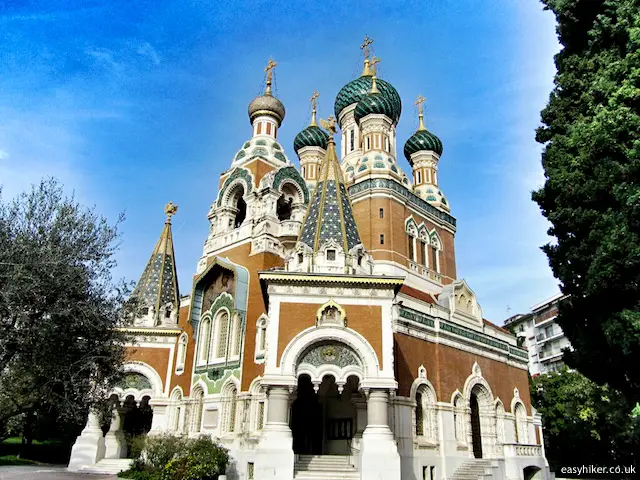There are quite a few things to say about the political scene in the south of France, not all of them complimentary. If you want to get a flavour of how things are done around here, a good place to start is the story of Jacques Médecin, the mayor or Nice from 1966 to 1990 who was also a convicted criminal (he eventually fled to Uruguay where he went into hiding for a few years) and the author of one of the finest books on Mediterranean cuisine.
His career neatly encapsulates the mix of high melodrama and folksy bonhomie that is the distinguishing mark of southern politics – a combination that can be as bedazzling as it is toxic, particularly once you throw in the sometimes uncomfortable closeness of many local politicians to organized crime and right-wing extremism.
On the plus side, however, these guys (and they are nearly always guys) do take care of their people, generously subsidizing public events and public transport as well as showing a heartfelt dedication to the natural beauties of their home region.
Discover that there is more to Nice than the Prom and its Old Town
The Alpes-Maritimes department alone hosts a dozen or so spring festivals, while the biennial Festival des Jardins de la Cote d’Azur has just completed its 4th edition. Last but not least, every year sees the publication of new, well-researched and lavishly illustrated free brochures which serve as useful introductions to the region’s many attractions from public parks and gardens to the network of hiking trails in the Alpine highlands (the highly recommended Guides Randoxygène). The latest of the regional government’s brochures features a series of walks through different quarters of Nice.
The brochure lays out nine loops, covering areas from the “Heart of Nice” to outer boroughs such as the area around Mont Boron. The bad news is that the accompanying text is monolingual, but you can easily follow the routes even if you do not speak a word of French – the maps and the images of the main sites along the way do not require a translation.
To see if Nice is more than the Prom and its Old Town, we decided to follow the walk through the Carabacel quarter, the leafy eastern side of the Boulevard Jean Médecin (named after the father of Jacques, a hero of the French Resistance and himself the mayor of Nice for a total of 33 years).

The quarter itself has been named after the Boulevard Carabacel, which was conceived as a luxury avenue, lined by trees and palatial residences. The only commercial building that received a construction permit was the Immeuble Veran, built in 1907 as a distribution centre for Costamagna, a manufacturer of high-quality household appliances. (The company still owns and operates the place.) The building stands on 7 Boulevard Carabacel, near the (now derelict) Acropolis Congress Centre, and serves as the trailhead of our walk.
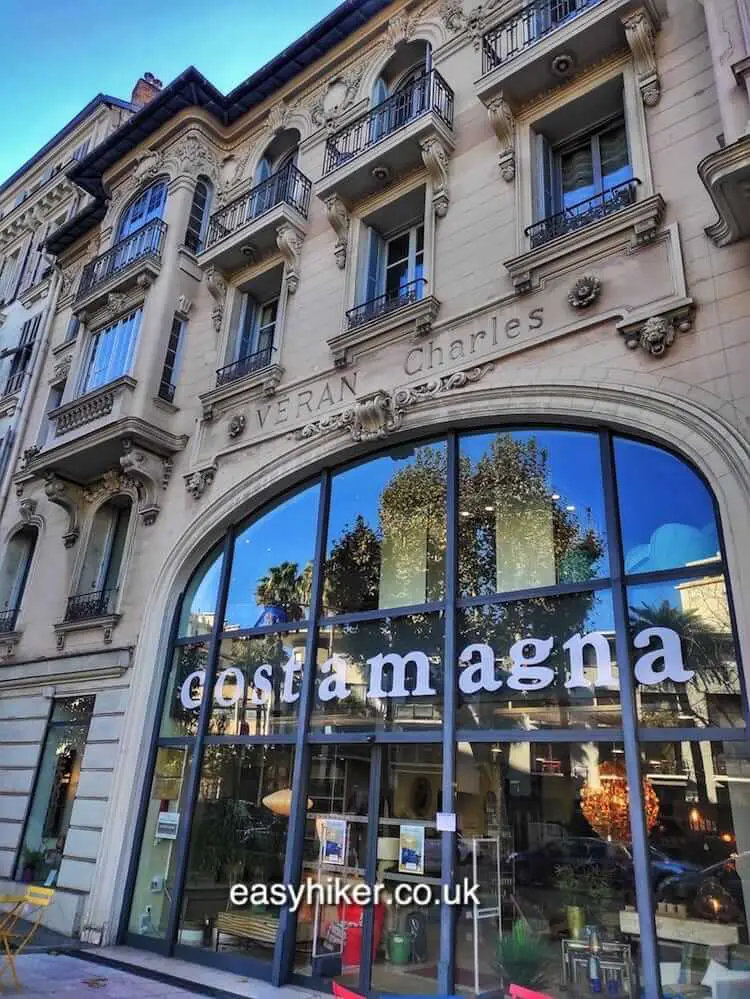
Further down the boulevard, you get an impression of what the 19th century town planners were aiming for: statement architecture commissioned by public institutions such as the Chambre of Commerce …
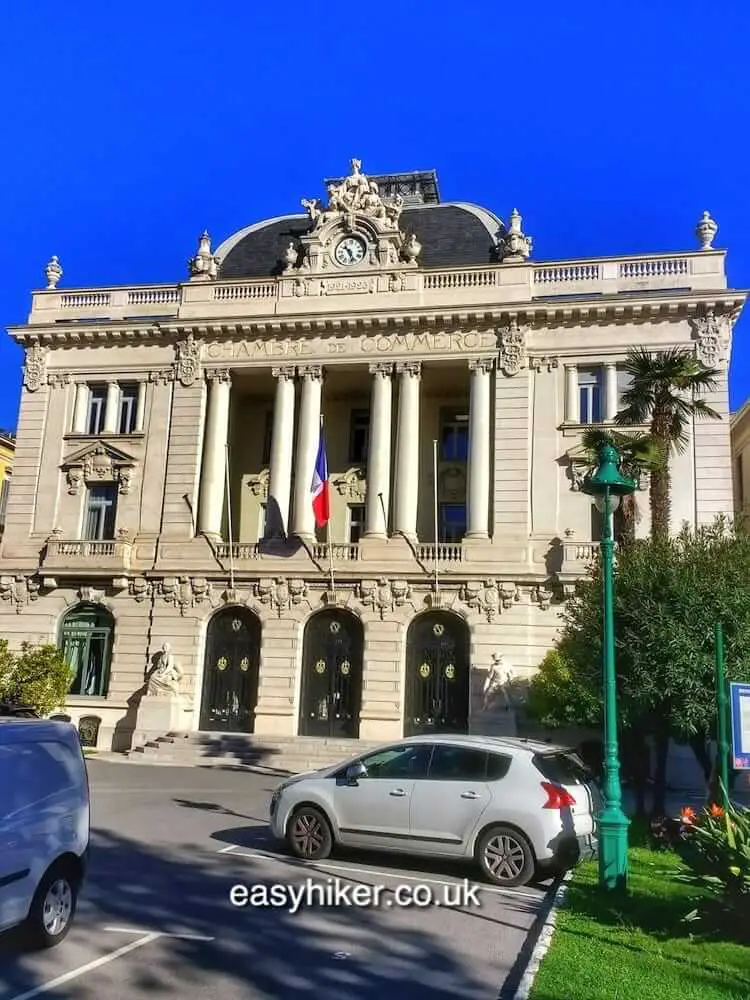
… mingles with privately financed prestige buildings like the Hotel Majestic …

… and the luxury residences of the Grand Palais, built in 1912 and the highest building of the entire Belle Epoque.

But you can find quirkier stuff, too: the Maison des Nains, the “House of Dwarves”, received its nickname because of the unusually dimensioned ground-floor doorways and windows. (The architect had lowered the foundations of the house and the interior floor-space by more than one metre.)

And next door, you can spot the Church of Saint Spyridon, originally an ordinary townhouse, which was bought by a Greek millionaire in 1953 and converted into the home of the city’s Greek-Orthodox community.

Follow the road – now called the Boulevard de Cimiez – where it takes an uphill turn towards the right and head for the large building on a bluff ahead of you.
This is the Villa Paradiso, once one of the city’s grandest private mansions and built in 1900 for the baroness Van Zuylen Van Nyevelt de Haar, nèe Rothschild.

Walk clockwise around the building and its adjacent gardens, nowadays used as the head office of the city’s department for education.
To close this “loop inside a loop”, turn right into Avenue Brown Séquart and right again into Avenue d’Anvers to join Avenue Emile Bieckert by turning left for the most scenic part of the walk.

This is also the only stretch of the walk where you will encounter historical sites that predate the Belle Epoque: you will pass the spot from where the troops of Louis XIV – under the command of the mercenary general James FitzJames aka the Duke of Berwick, an illegitimate son of King James II – put the city under fire during the Spanish War of Succession. (Nice was then governed by the independent Duchy of Savoy.)

You will also find traces of more recent events in the chequered history of Nice: the apartment building on 7 Avenue Bieckert – located in a little side street up the hill – served as the headquarters of the German Gestapo during WWII.

After that, the route winds down the hill until you rejoin the Boulevard Carabacel near the Palais Langham …

… where our two-hour exploration of what is probably the poshest quarter of Nice comes to an end.
The walk is a great introduction to the city’s glorious Belle Epoque days – and proof, if any were needed, that there is more to Nice than the Prom and its Old Town.
